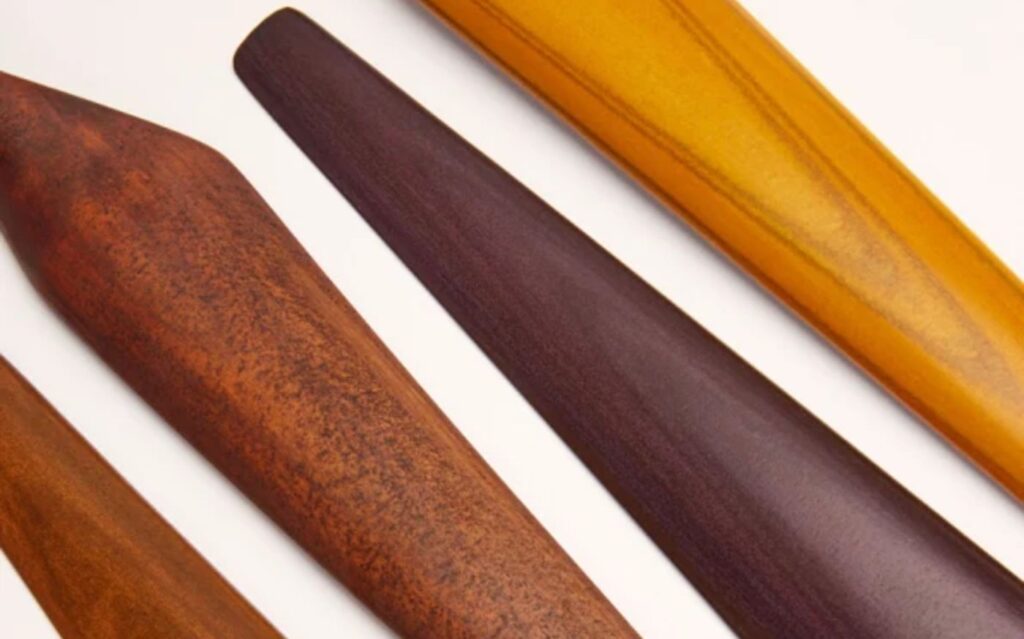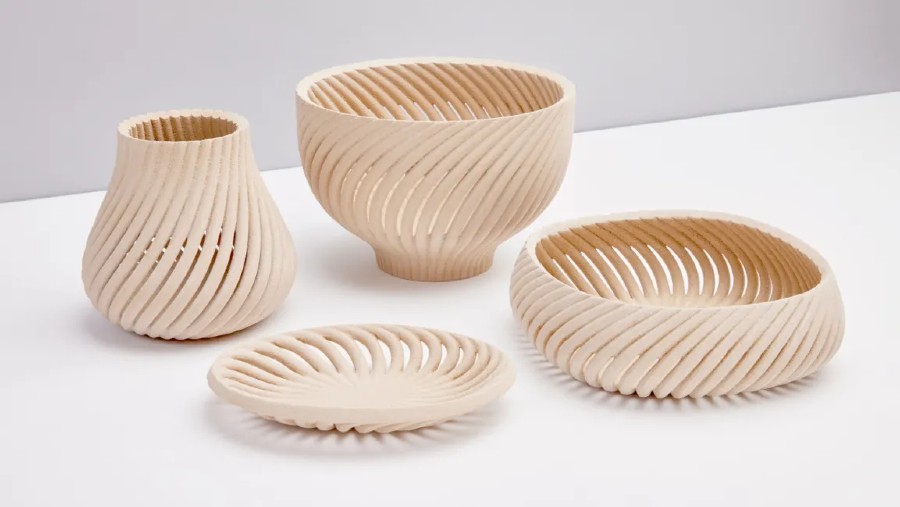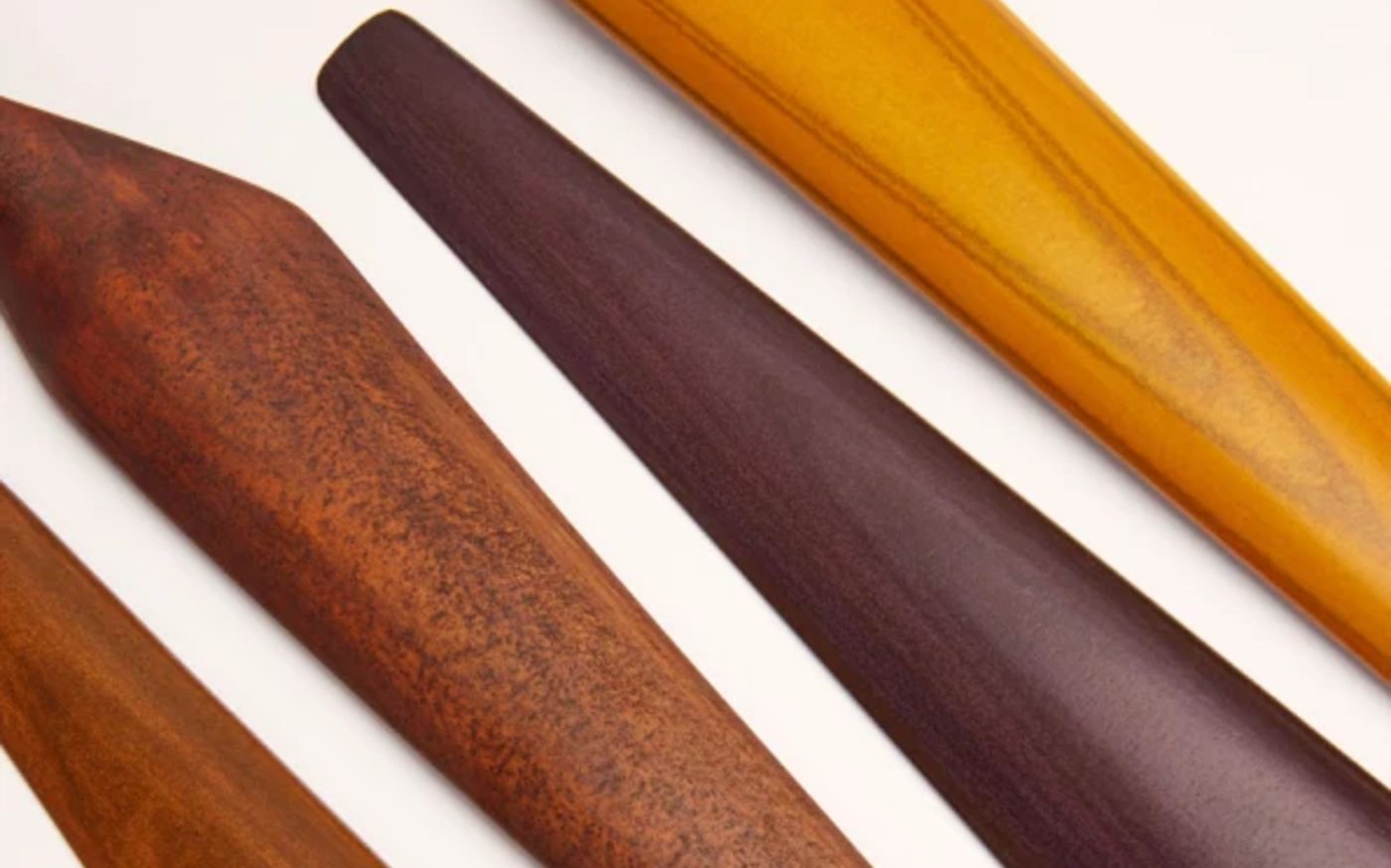
While pangolin scales, shark fins, elephant ivory, and rhino horn are famed for their value on the black market, the most illegally trafficked of them all is the rosewood tree, which generates more dollars than all four put together.
Famed for quality in furniture and instruments, the advent of 3D printers has given a team of designers at San Jose State University the idea to save the tree species by 3D printing rosewood using wood scraps.
Their startup, Forust, can 3D print a wood grain that mimics the properties of any kind of prized wood, whether ash, pine, or rosewood—which is considered vulnerable to extinction due to harvesting for the Chinese luxury furniture trade, an enterprise with a global value of $95 billion.
Trees, as beautiful and complex as they are, are essentially made of two products, explains Ric Fulop, CEO of Desktop Metal, the parent company of Forust. Cellulose and lignin give wood its grain, the strings of material that run vertically up the trunk. Fulop explains that all the 3D printer does is re-construct what furniture makers work to deconstruct, by injecting a non-toxic binder with lignin onto layers of sawdust.
Once finished, the resulting mock-wood can be sanded and refinished like normal timber. The Chinese market typically prizes furniture with traditional designs, that when combined with the deep red of the rosewood, a lucky color in China, indeed creates a stunning piece of furniture.
MORE: Amid the Green Funeral Movement, Scattering Ashes Ensures These Forests Remain Pristine Forever
Speaking with Fast Company, Forust say they can map incredibly complex geometric patterns and shapes onto furniture, which they can print with grain in its finished form— work that would normally take a craftsperson weeks to complete by hand.

In the U.S. lignin and sawdust from the lumber industry are produced as waste to the tune of millions of tons per year, which all could go into being upcycled via 3D printing into mock luxury hardwoods. This fact actually changes the entire picture of the furniture industry, since once the material wears out it could be ground down and used again as 3D printing fuel.
For circular-aiming companies like IKEA, it could be the biggest invention since particle board, and for rosewood forests around the world, it could be the most significant invention since the axe.
FOSTER Sustainability in Your Friends—Share This Story With Them…




















